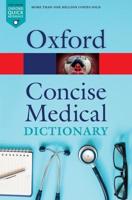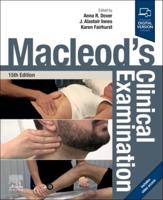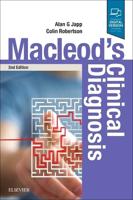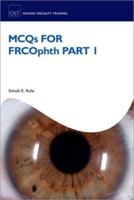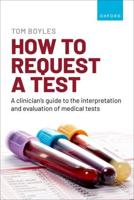Publisher's Synopsis
This text aims to provide the reader with a variety of clinical tools to facilitate a comprehensive differential diagnosis. "DSM-IV" is most easily accessed when looking up information about a particular disorder. This handbook provides a symptom-based perspective on DSM-IV, helping to guide the clinician when faced with the everday task of formulating a differential diagnosis given a particular presenting symptom. This handbook includes a presentation and discussion of the six basic steps in differential diagnosis that must be considered for each and every patient being evaluated. It uses 27 decision trees that indicate which DSM-IV disorders should be considered in the differential diagnosis of the most common presenting symptoms, and that outline the thinking process involved in choosing among them. A symptom index for DSM-IV lists, in a convenient form, those disorders that one should think of when formulating a differential diagnosis given a particular symptom in the patient's presentation. It also includes 62 differential diagnosis tables, each of which provides a head-to-head comparison of a disorder with its differential diagnostic contenders.;The information provided in the decision trees, the differential diagnosis tables, and the symptom index is somewhat overlapping, but each format has its own strengths, depending on the reader's needs in a particular clinical situation. By presenting the problem from a number of different perspectives, this handbook should improve the reader's skill in formulating a comprehensive differential diagnosis.


